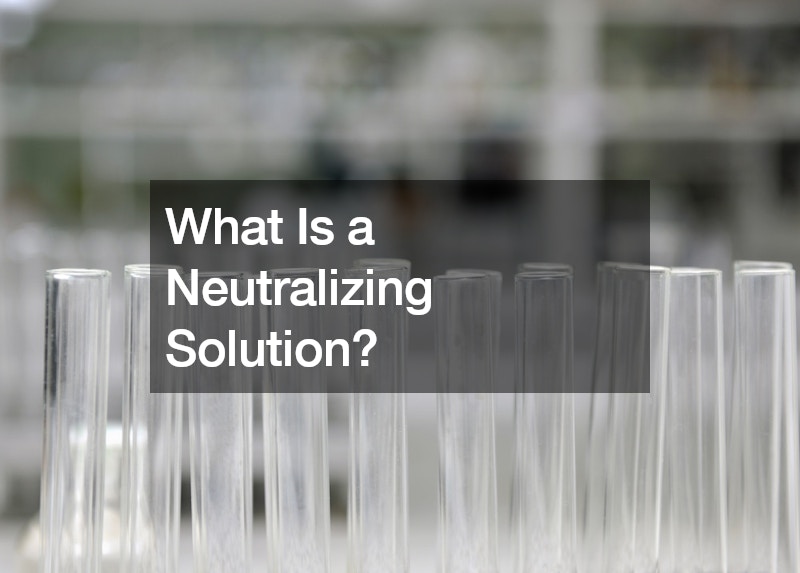
A neutralizing solution is a chemical substance used to balance or neutralize acids, bases, or other reactive substances to achieve a stable and safe chemical environment. One of the primary purposes of a neutralizing solution is to adjust the pH level of a solution or substance to a neutral state, typically around pH 7, to prevent corrosion, degradation, and potential hazards associated with extreme pH levels.
Additionally, neutralizing solutions are commonly used in various industries and applications, such as wastewater treatment, chemical manufacturing, laboratory settings, and environmental remediation, to control and manage chemical reactions, reduce toxicity, and facilitate the safe handling and disposal of hazardous materials. By neutralizing acidic or alkaline substances, neutralizing solutions help minimize environmental impact, protect infrastructure and equipment, and ensure compliance with regulatory standards and guidelines.
Neutralizing solutions are available in different forms and compositions, including liquid, powder, and granular formulations, designed to target specific types of acids, bases, or contaminants. Proper selection and application of a neutralizing solution depend on the nature of the substance being neutralized, the desired pH level, and the specific requirements of the application or process.
Lastly, incorporating neutralizing solutions into chemical management practices and emergency response protocols is essential for effectively addressing accidental spills, releases, or exposures to hazardous substances, minimizing risks, and ensuring a prompt and efficient response to chemical incidents. By utilizing neutralizing solutions appropriately, industries and organizations can maintain a safe and sustainable operating environment, protect human health and safety, and mitigate potential environmental impacts and liabilities.





